With Alea, Ouroboros introduces a new experimental semi-modular analog Synthesizer with west-coast ideas, banana jacks, and a wood look
Alea does not come from a large company but is developed by an indie developer from New Orleans (LA) who tries to do a lot differently. Starting with the interface that has no classic design but one that invites to experiment. Visually, the synth definitely catches the eye with its enclosure made from fine hardwood.
The selection of features also makes this synth very interesting and special: two-voice semi-modular patchable analog engine based on sine wave oscillators, low pass gates, LFOs, and a stochastic shift reigster-based sequencer. All this combined with an interface design that doesn’t say much: many knobs and banana jacks but without labels. According to the developer, it is capable to create everything from generative melodies, morphing drones, psychoacoustic percussion, silly sub basslines to esoteric techno. So everything for what west-coast synthesizers are known for.
West-Coast Analog Engine
Sine oscillators are used in this analog engine that offers CV and FM inputs paired with attenuators for each input as well as two different voltage controllable waveshapers per oscillator. Theses are mainly there to strongly influence the timbre of the oscillators. One type of waveshapers adds harmonics to shape the sine into a soft triangle wave, and the other waveshaper folds and shapes the phase of the sine. Each oscillator also has a sine output for modulating each other, as well as a vactrol-based VCA which is hardwired as a bi-directional modulation index that can be opened via CV or gate signals for timbral cross-modulation between the two oscillators. Interesting features, especially the vactoral-based VCA which sound more soft and mellow.
The oscillators can be used as completely separate voices, or together with one voice acting as a primary oscillator and the other as a modulation oscillator. Actually like a complex oscillator that you often find in west-coast synthesizers. The two voices also have individual outputs. More vactrols, please! Each voice has a vactrol lowpass gate with two inputs per LPG, one regular gate input which will provide sustain for the duration of the gate, and one input that coverts the gate to a trigger for faster percussive sounds with no sustain and only decay. The LPGs can also be patched so that they are held open to create drones, or patched for amplitude modulation via one of the oscillators or modulation sources.
Alea also features two LFOs, one with triangle and square wave outputs another VCLO with a triangle output. Alea’s rhythm section is really experimental and goes far beyond classic sequencers. It is based around a four-stage shift register which is clocked by the VCLFO and collects data from one of the oscillators for probabilistic pattern generation. The shift register can also be clocked from external clock signals from other instruments. It cycles through its four stages as it collects on/off data on each clock pulse and creates different arrays of outcomes as it cycles.
Once the Alea has been patched and knobs have been set – the shift register will continue to cycle through patterns and generate different numeric combinations of its stages in unity or in absence like a roll of the dice or a song of the birds.
Ouroboros, the developer company responsible for the development also shares what Alea Synthesizer consists of
Each Alea is composed from a high quality lead-free PCB manufactured in China, RoHS components, and an enclosure that is made from fine hardwood (African Sapele was used in the photos shown above – but other units will be made from other species of wood of equal quality). The wood is finished with boiled linseed oil and the enclosure is backed by a powder coated steel bottom piece.
Alea is made in New Orleans (Louisiana) by Ouroboros Electronics and is available now for $600 USD + $15 shipping within the US. Production lead times around one week or less before shipment. A digital manual is available to anyone who requests one via email. Power supply cable(9V center negative) and banana jack cables are not included but a common guitar pedal power supplies will work perfectly.
At first glance, a very special analog Synthesizer with a different approach. It reminds me of the Make Noise 0-Coast only in analog, bigger and with more options.
More information here: Ouroboros Electronics

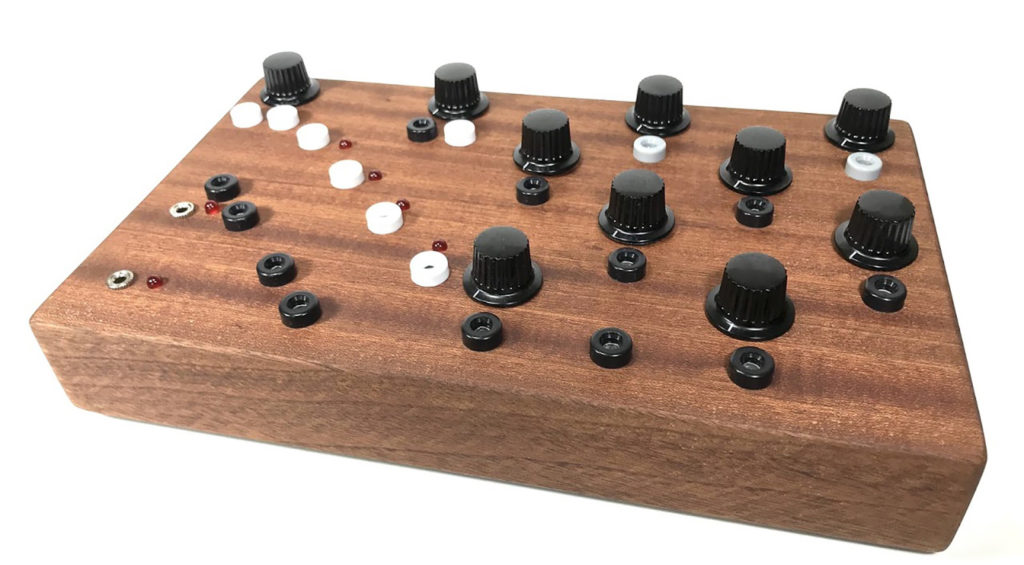
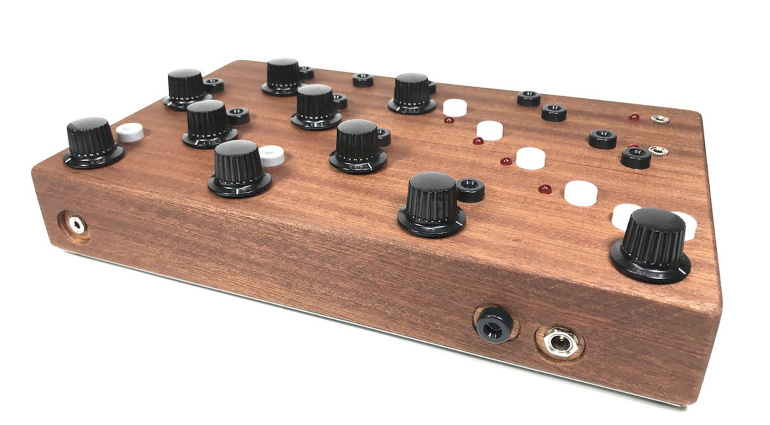
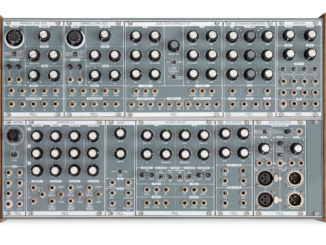
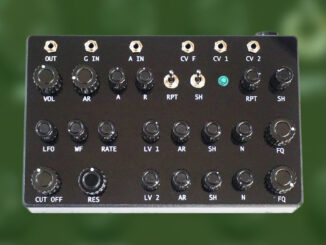
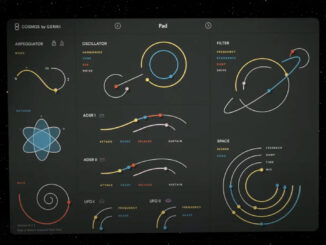
Be the first to comment